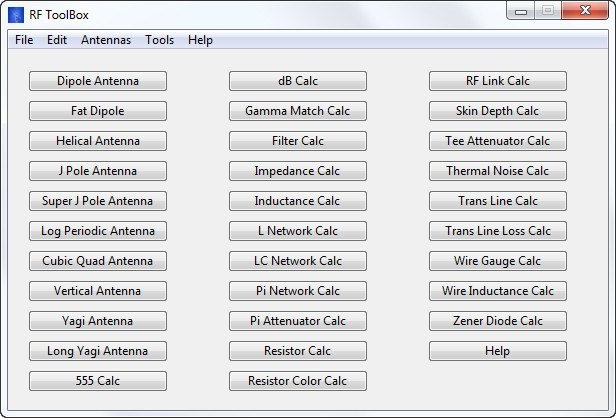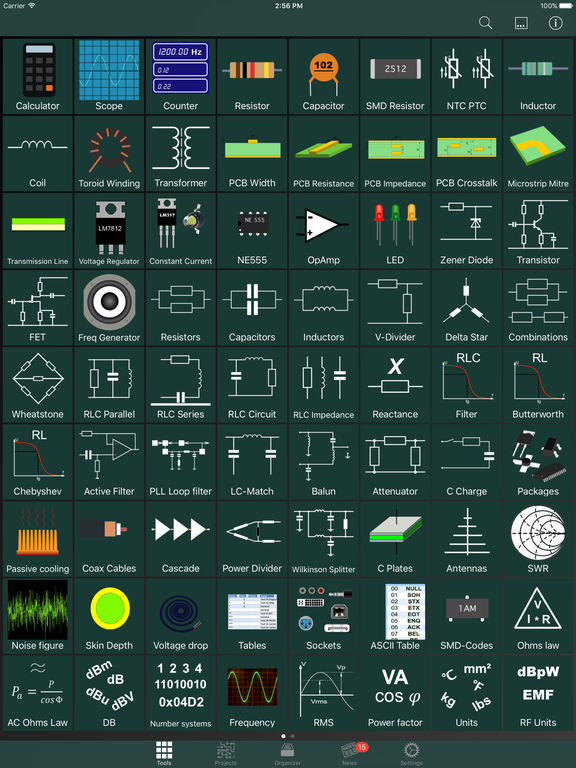
Certain neurological conditions such as amyotrophic lateral sclerosis (ALS), cervical spinal cord injury and brain stem stroke may lead to severe motor paralysis and mobility restriction referred to as a locked-in syndrome. Muscle and head movement technology are targeted for disabled individuals who are still able to provide the relevant body movement for real-time control. Noisy environments can be problematic for voice recognition systems. In practical situations, the user may feel uncomfortable with the operation of a sip-and-puff or a chin or tongue controller. These technologies have their own benefits and drawbacks. In the application of wheelchair control for people with disabilities, various hands-free technologies have been used to replace the joystick including sip-and-puff, chin controller, muscle based system, voice recognition, tongue controller and head movement systems. A dedicated embedded system together with wireless technology would be an ideal platform for such an integrated real-time CPS. An integrated cyber-physical system should meet the real-time operational requirements including portability, reliability and predictability. One of the important challenges in CPS is human–machine interfacing. In biomedical CPS fields, especially in cognitive neuroscience, there has been significant interest in creating assistive technologies to improve the quality of life of individuals with disability in areas such as system integration with motor prosthesis, wheelchair control, environmental control and other applications. This creates a fully intelligent system to tackle a variety of application fields such as robotics, intelligent buildings, biomedical and healthcare, energy, manufacturing control systems, and avionics.

The new emerging frontier of technology modeling, cyber-physical systems (CPS), is related to the generation of new systems with the integration of the physical systems and real-time computational intelligence capabilities. For the real-time testing of the intentional signal on patients with tetraplegia, the average success rate of detection is 70% and the speed of detection varies from 2 to 4 s.
Rf toolbox bci Offline#
For the offline artificial neural network classification for the target group of patients with tetraplegia, the hybrid BCI system combines three mental tasks, three SSVEP frequencies and eyes closed, with average classification accuracy at 74% and average information transfer rate (ITR) of the system of 27 bits/min. Generally, the results show comparable classification accuracies between healthy subjects and tetraplegia patients. This experiment has been conducted with five healthy participants and five patients with tetraplegia.

In addition, a microcontroller based head-mounted battery-operated wireless EEG sensor combined with a separate embedded system is used to enhance portability, convenience and cost effectiveness. This paper presents a unique prototype of a hybrid brain computer interface (BCI) which senses a combination classification of mental task, steady state visual evoked potential (SSVEP) and eyes closed detection using only two EEG channels. Electroencephalography (EEG) has been explored as a non-invasive method of providing assistive technology by using brain electrical signals. One of the key challenges of the biomedical cyber-physical system is to combine cognitive neuroscience with the integration of physical systems to assist people with disabilities.


 0 kommentar(er)
0 kommentar(er)
